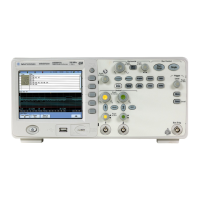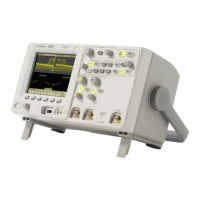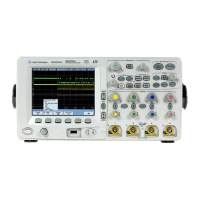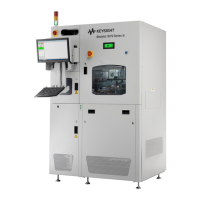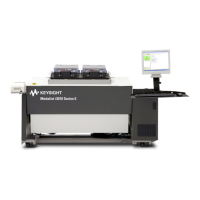Chapter 8 Ensuring Repeatability, Accuracy, and Resolution
Ensuring Accuracy
8-4 Getting Started Guide
8
One of the most important steps you can take to improve the accuracy of
your measurements is to follow the calibration schedules for your laser
measurement system’s components.
The rest of this section describes common problems that affect accuracy
and offers suggestions for minimizing the impact of these problems.
Compensating for environmental factors
Environmental conditions in your work area affect the accuracy of your
laser measurements. These conditions include air temperature, air
pressure, relative humidity, and material temperatures. To compensate
for these error producing conditions, you can use remote air sensors (such
as the Agilent E1738A) and remote material temperature sensors (such as
the Agilent E1737A). Or, if you are receiving environmental data from
another source, you can enter compensation parameters through the Set
Up Environmental Compensation screen.
The metrology software uses this data to calculate a total compensation
factor. The system references measurement readings to standard
conditions: temperature of 20 °C (68 °F), air pressure of 760 mm
(29.9 inches) Hg, and relative humidity of 50 percent. It multiplies this
compensation factor by the wavelength count to correct for differences
between the actual wavelength of light (WOL) in air and the standard
WOL in a vacuum.
Correcting errors that affect linear measurements
Linear measurements are affected not only by environmental conditions,
but also by the following physical setup errors:
• Abbé error
• deadpath error
• cosine error
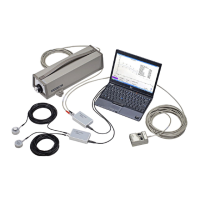
